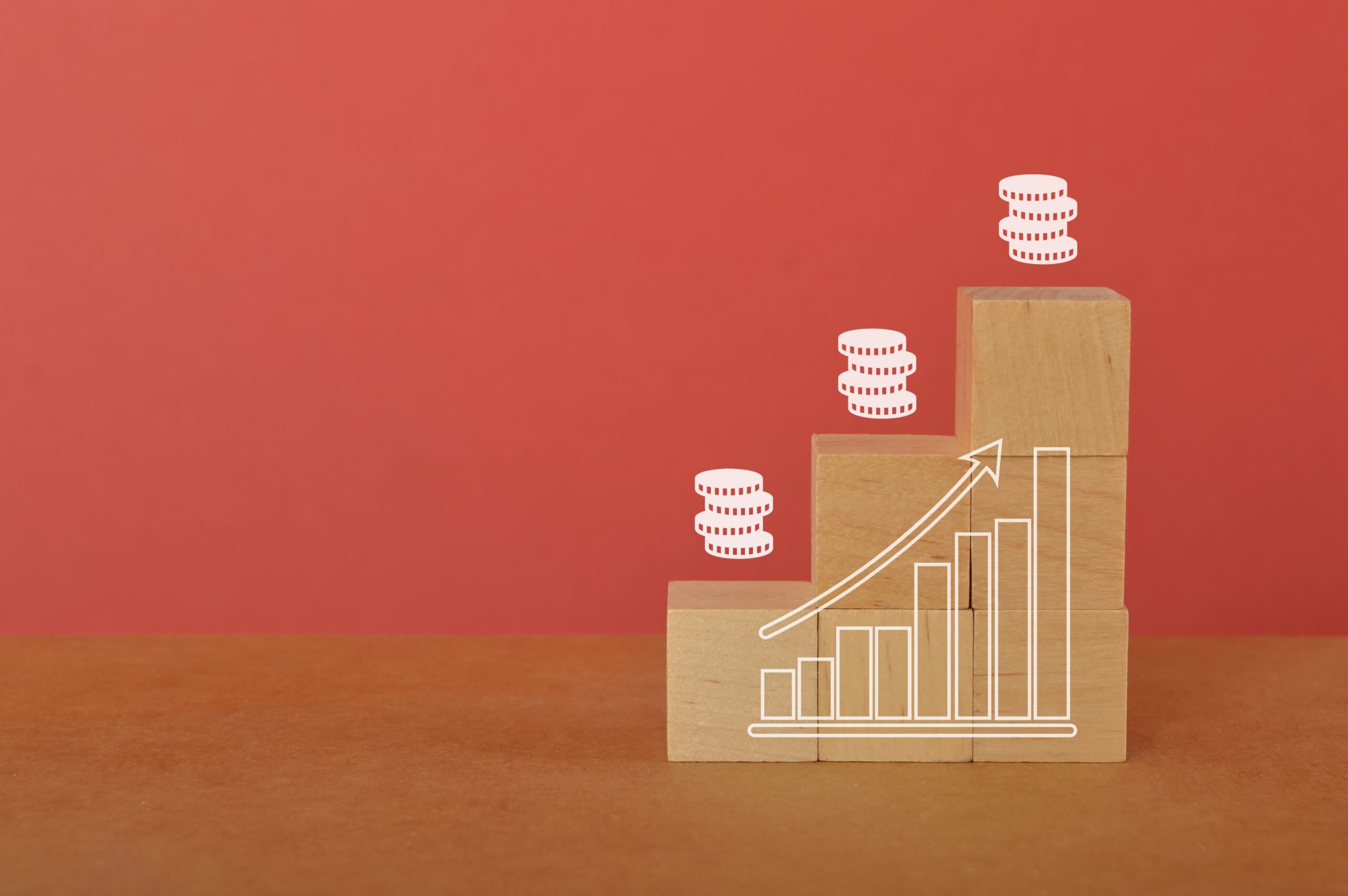Last month we announced we would start a journey that takes us past all funding opportunities for startups in The Netherlands. Now, we kick-off with a story about our first stop: the world of subsidies. Enjoy!
‘Subsidies’ together form a collection of governmental and semi-governmental incentives. They are given by various bodies such as ministries, provinces, regions, municipalities, public-private research organizations, and the European Union. And they come in many flavours: subsidies, credits, warranties, tax incentive schemes and financial contributions.
Interesting or not? Ask yourself where you want to be as a company in, for example, three years. What is needed in business operations, product and employee development, and how you are going to fund this? Grants may be able to give you just that little edge to accelerate your company growth so that you can achieve your goals faster.
Let’s first summarize the five different grants available in The Netherlands:
1. Subsidies
Subsidies are contributions for activities with, for example, an innovation, environmental, energy or sustainability aspect. Examples of subsidies are Stimulation of Sustainable Energy Production and Demonstration of Energy Innovation.
2. Credits
Loans are all kinds of capital provision by the government, such as loans or subordinated loans. You must repay this with interest. Examples are SME credit and Early Phase Financing.
3. Warranties/Guarantees
If you want to get a loan and you have insufficient financial securities, warranties and guarantees can surely offer some interesting opportunities. With a guarantee or security from the government, you get funds more easily. An example scheme is the SME Credit Guarantee Scheme (BMKB).
4. Tax incentive schemes
Tax incentive schemes give you an extra deduction or reduced tax payment. That means you can run with lower costs usually to be spent on investments or projects. Example schemes are the deduction for Research and Development Work (WBSO) and the Entrepreneurial Deduction. You can also apply for discounts on corporate income tax or on the payroll tax.
5. Financial Contributions
In case you provide chances to employees with physical limitations, or you contribute to a better and fairer in other ways, you may well benefit from a wide range of schemes. Such as starting your own business from unemployment benefits, unemployment benefits in the event of a reduction in working hours and wage dispensation for employees with a Wajong benefit.
Starting from almost zero
Usually subsidies are very interesting for startups that are not yet in the position to raise external capital from an investor. You have just worked out your idea and are excited to develop a product prototype. In particular in the product development phase, there are various subsidy options through tax benefits, grants and innovation credits. An important scheme to stimulate innovation research by entrepreneurs is the so-called ‘Innovatiebox’. For the wage costs of your research and development project, there is the tax regulation of the WBSO. Innovation credit is used for the development of new products, processes or services.
If you are going to innovate internationally and have a large innovation project, there are various European schemes such as Eurostars, Horizon 2020 and INTERREG. You can also ask your trade association whether there are specific regulations and options for your own industry.
You can sometimes use subsidies to finance production resources. The MIA scheme offers tax benefits for companies that invest in energy-efficient techniques and sustainable energy. Entrepreneurs who invest in environmentally friendly techniques receive a tax benefit through the VAMIL scheme. You use the Small-scale investment deduction if you invest a minimum of € 2300 in a financial year and a minimum of € 450 per business asset. The Energy Investment Allowance (EIA) applies if you buy energy-saving equipment.
Conquer the market
Now, your prototype works well. You have organized its production and you made a marketing plan. There is even already a launch customer. Again, you can use money to take the next new steps and speed things up. Unfortunately, there are no general subsidies for marketing.
There are, however, specific regulations to stimulate internationalization, such as coaching vouchers ‘Starters International Business’ and knowledge vouchers for legal and tax advice. If you engage in innovative product development or introduce a product for developing countries, the Dutch Good Growth Fund financially supports a part of your plans. The government also offers guarantee schemes such as seed funds, which means that a financier runs less risk.
Not for free
Applying for a subsidy is not without obligation. The schemes often have an obligation of effort. When there is an efforts obligation, you must demonstrate those and this usually indicates that you must be able to substantiate the ‘nature’ and ‘progress’ of the project. In other words: did you do what you described in the application? The end result is of minor importance.
Always realize that you have to repay the subsidy if you have not met expectations afterwards. Don’t you do that and get a check? In that case, the entire subsidy amount is usually reclaimed with interest and a hefty fine that can amount to 100% of the subsidy available or to a temporary exclusion from certain subsidies.
Any additional questions from the subsidy provider, retrospective checks or required interim and/or final reports also cost extra time. This is not without obligation and that is logical: when you borrow money from a bank, investor or via crowdfunding, requirements are also set.
Knowledge of regulations and time to properly prepare your application play a role in this. You can of course also get an advisor to arrange this for you. At Ondernemersplein.nl there is an overview of subsidies, more than just innovation.
Practical tips for subsidy applications:
1. Take enough time to prepare your application. Sometimes you have to write an extensive project application. Keep in mind that it can also take a while before the money is in your account, make a financial plan for this.
2. Submit your application on time. Many grants have a deadline.
3. Apply for a subsidy before you start your activities. You usually do not receive a subsidy for a project that has already started.
4. Investigate whether you want to get a subsidy advisor. This is often only profitable from €50,000, for both parties. Many agencies work on a no cure no pay basis, based on an hourly rate or through a combination of both. Take into account 5 to 15% consultancy costs in relation to the subsidy amount.
5. Do not forget that you always remain responsible for the proper handling of the subsidy. Compare it with hiring a bookkeeper or accountant to do your tax return, even then you remain responsible yourself as an entrepreneur.
Good luck!







